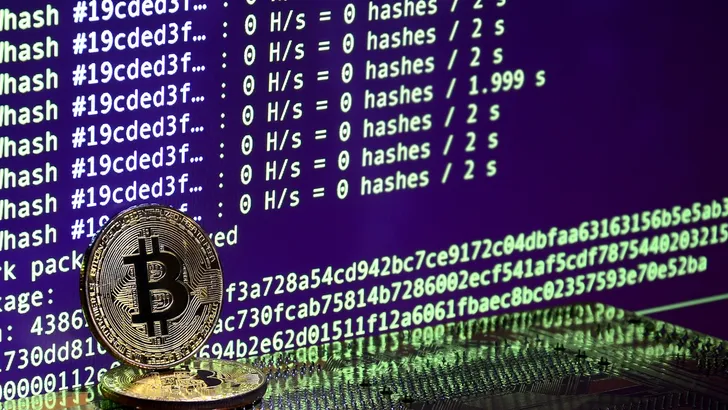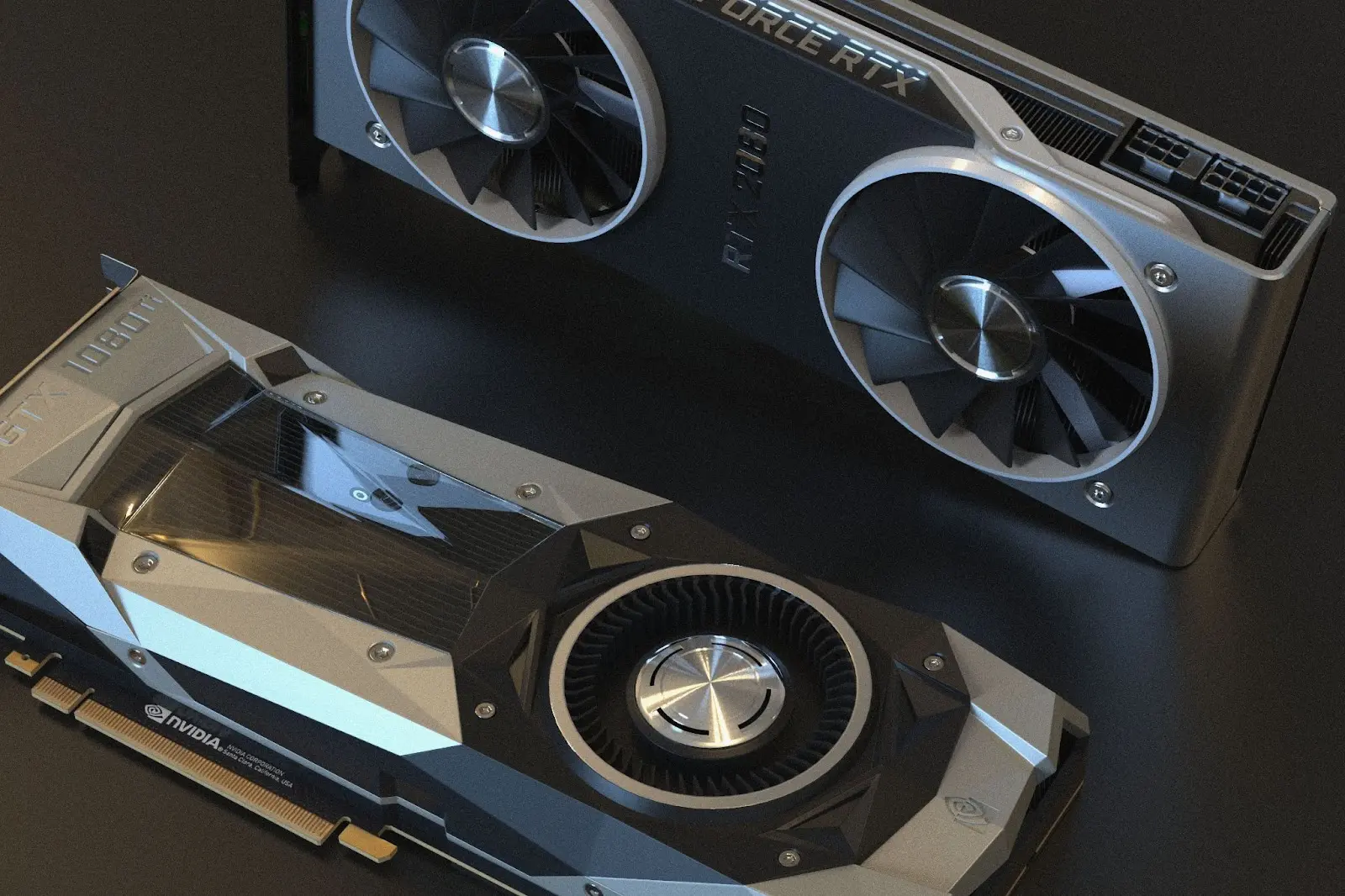Ethash Meaning: How Does It Work, and What Are Its Benefits?

ethereum
The majority of crypto enthusiasts are focused on the value and utility of cryptocurrencies, oftentimes neglecting the underlying mechanisms that make them run. One such mechanism, which was vital to the rise of Ethereum, is Ethash.
But what exactly is Ethash? Is it still used, and why is it important? What made it an integral part of the Ethereum ecosystem for years?
In this article, we’ll delve into all the intricacies and inner workings of the largest altcoin in the world of cryptocurrencies. We’ll uncover the meaning of Ethash, how it contributed to the rise of Ethereum’s decentralized network and the overall crypto landscape.
Let’s dive right in!
What Is Ethash?

Ethash is the name for a specific version of an algorithm used to mine Ethereum and Ethereum-based cryptocurrencies. It’s a modified version of a proof-of-work consensus mechanism that’s supposed to make the mining process ASIC-resistant.
The first version of Ethash was based on another mining algorithm called Dagger-Hashimoto. Dagger-Hashimoto combines elements of the Dagger algorithm, developed by Vitalik Buterin, and the Hashimoto algorithm, developed by Thaddeus Dryja. Its purpose was to be:
- Resistant to ASIC (Application-Specific Integrated Circuit) miners
- Verifiable by light clients
- Fully chain storable
Ethash improved on Dagger-Hashimoto to create a memory-heavy algorithm that is flexible and can raise or lower mining difficulty based on the network condition. The goal was to prevent the centralization of mining through the creation of powerful mining hardware and instead allow anyone to join the network as a miner.
Still, a company called Bitmain came up with an Ethash ASIC in 2018. However, the community strongly opposed this action, to the point where they started discussions regarding “bricking” these ASICs.
That, coupled with potential plans for switching the Ethereum network to a proof-of-stake (PoS) consensus mechanism in the future, slowed down ASIC development. As a result, one of the best ways to mine Ethereum was with GPUs until it switched to a PoSsystem.
How Does Ethash Work?

Ethash works by using Keccak-256 and Keccak-512 hash algorithms, with a strong focus on ASIC resistance, to allow anyone to join the mining process. These hash algorithms are sometimes wrongly referred to as “Sha3-256” and “Sha3-512” since their implementation coincided with the development of a standard SHA-3 (Secure Hash Algorithm 3).
This approach made CPU mining highly inefficient and unprofitable. The cost of electricity alone far outweighs the mining rewards. Still, first-time miners can try CPU mining to familiarize themselves with the process or obtain a small amount of coins to test the network.
On the other hand, since Ethash mining is memory-heavy, GPU mining became one of the best ways to approach it. Graphics cards needed to have at least 1–2 GB of RAM, which was common for gaming hardware sold back when ETH was mineable.
The best way to use Ethash to mine Ethereum-based cryptocurrencies is with a software solution called Ethminer. It simplifies the process of connecting hardware to the blockchain and starting the mining process. There’s also the option to join a mining pool, though there’s a fee associated with it that usually ranges between 1 and 2% of the rewards earned.
Here’s a step-by-step description of how the Ethash algorithm operates:
- Seed generation using the block headers
- 16 MB pseudorandom cache calculation and generation
- Data set (DAG—Directed Acyclic Graphs) generation using the cache
- Mining starts by combining random values from DAG with the network data
- Verification using the smaller cache to regenerate only the necessary parts of the dataset
The Ethash algorithm was designed to adjust the mining difficulty to maintain consistent block generation. If miners become fast at finding blocks, the algorithm increases the mining difficulty. On the flip side, the difficulty reduces when miners become slow at mining blocks.
Ethash Algorithm Features
Here are some of the key features that made Ethash the algorithm to mine Ethereum before it switched to PoS:
- Ethash is highly dependent on RAM memory. The purpose of this design was to protect the network from ASIC miners and to allow the average user to join the mining process without the need for expensive and specialized hardware.
- The algorithm is GPU-friendly. The upside to ASIC resistance and memory hardness is that Ethash works well with consumer-grade GPUs. Both NVIDIA and AMD graphics cards can be used to mine Ethash-compatible cryptocurrencies. Notably, the NVIDIA GeForce RTX 3090 and AMD RX 5800 XT are some of the best GPUs for mining.
- Plenty of accessibility for thin clients. Users with low-end hardware can join the blockchain to verify transactions since the requirements are as low as 16 MB of RAM. Furthermore, they can create the setup and join the process in less than a minute.
Pros and Cons of the Ethash Algorithm
Let’s examine some of the upsides to using Ethash to mine cryptocurrency:
- There are multiple reward sources for miners. In addition to a static block reward of 3 ETH, a miner would also get gas fees and additional 2.625 ETH for adding uncles in the block.
- ASIC resistance means average users with general-purpose PCs won’t be at a disadvantage compared to miners who have specialized mining hardware.
- Algorithm adjustability ensures a steady generation of blocks depending on the network’s hash power. That means even new miners with less powerful hardware can occasionally get considerable rewards.
However, Ethash is not without its drawbacks. Some of the cons include:
- Being a proof-of-work consensus mechanism, one of the main drawbacks of Ethash is inherent to PoW systems, and that’s energy inefficiency. Ethereum miners often had rigs with multiple GPUs that consumed a lot of electricity to operate.
- Despite its ASIC resistance, Ethash was still susceptible to centralization. Multiple miners creating pools leads to partial centralization, which can result in network destabilization.
- Hardware costs are still a concern, even with the inefficiency of ASICs. Powerful consumer-grade GPUs are still expensive, especially when creating rigs with multiple graphics cards.
Key Takeaways
In the vast tapestry of blockchain concepts and technologies, Ethash exists as a stepping stone that propelled the world of decentralized finance to new heights. It’s a system designed to provide the security of the standard proof-of-work consensus mechanism but modified to be more user-friendly.
As Ethereum kept evolving, Ethash was eventually superseded by a much more energy-efficient proof-of-stake consensus mechanism. Regardless, it’s still used by some cryptocurrencies and remains a valuable part of crypto history.
Today, Ethash serves as a reminder that inclusivity is important and should go hand-in-hand with blockchain technology.
Ethash FAQ
Is Ethash still being used?
Ethash is still being used to mine certain altcoins. However, this mining algorithm has vastly fallen out of favor after Ethereum switched to the proof-of-stake consensus mechanism following its September 15, 2022, update called The Merge.
Which crypto uses Ethash?
Some obscure Ethash coins with low market caps that still use this algorithm for mining include Etho Protocol (ETHO), Mother of All Chains (MOAC), and Halo Platform (HALO). Ethereum Classic (ETC) uses a slightly modified version of Ethash—Etchash.
Is it possible to still mine ETH?
It’s not possible to mine ETH as of The Merge update that happened in 2022. With the execution of this update, the Ethereum network switched from using a proof-of-work consensus mechanism to proof of stake. The main reason behind it was to lower the blockchain’s energy consumption by around 99.95%.